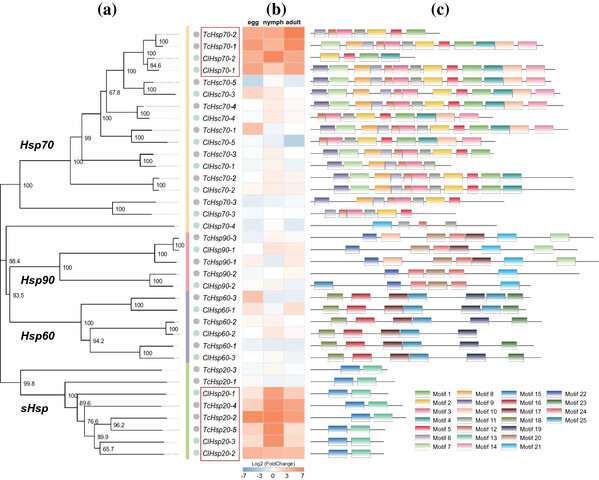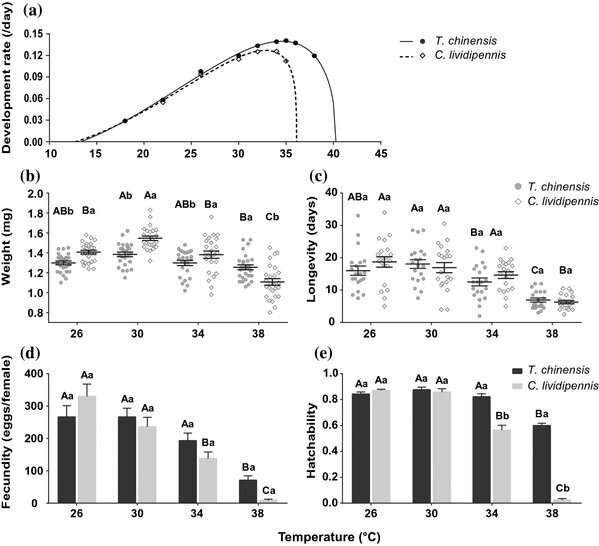Effects of high temperature on two mirid predators in rice ecosystem

In recent years, atmospheric temperature has been on the increase and extreme heat events have occurred frequently, which may not only affect the growth and development of individual organisms but also disturb the inter-species balance in competition, predation and parasitism, thereby exerting deleterious impacts on biodiversity and the ecosystem. Many studies have concluded that global warming may well exacerbate phytophagous pest infestations, promote their population growth and geographic expansion, and thus increase the frequency of pest outbreaks, which will constitute a grave threat to agricultural production. As an important means of pest management, conservative insect-mediated biological control is apparently experiencing the effects of climate change. It is equally noteworthy that temperature increase is affecting the biology, predation ability, inter-species relationships, and molecular mechanisms of natural enemies.
The mirids Cyrtorhinus lividipennis and Tytthus chinensis are two natural predators feeding primarily on the eggs of planthoppers and leafhoppers in rice paddy fields. They are important endogenous biological control factors in rice ecosystems. ZHU Zengrong, a professor at the Zhejiang University College of Agriculture and Biotechnology, led his team to study the effects of thermal stress on these predators. Their research findings are published online in an open-access article entitled "Consequences of elevated temperature on the biology, predation, and competitiveness of two mirid predators in the rice ecosystem" in the August 6 issue of the Journal of Pest Science.
In their work, researchers found that although the fitness of T. chinensis was not as good as that of C. lividipennis, it was more heat-tolerant and could survive, develop and reproduce at higher temperatures, and its predation capacity was also significantly better, as evidenced by shorter prey handling times and higher instantaneous attack rates. Their different responses to temperature change may further influence their inter-species relationship, shifting the dominant predator from C. lividipennis to T. chinensis with the increase of temperature. To understand the underlying mechanisms, researchers sequenced their transcriptomes at different temperatures. Heat shock protein (HSP) genes were identified and analyzed due to their high co-regulation during heat treatment. Quantitative polymerase chain reaction results showed that T. chinensis induces HSPs expression quickly and strongly over a wider temperature range in response to heat stress compared with C. lividipennis.
"These results suggest that T. chinensis has greater potential as a biological control agent in future global warming conditions and may play a more vital role in the ecological management of rice insectpests in the context of sustained climate warming," said Zhu. This study facilitates the understanding of the effects of climate warming on interspecific relationships and biological control, the rational use and conservation of existing natural enemy species, and the screening of more suitable biological control agents under different climatic conditions.

More information: Yueliang Bai et al, Consequences of elevated temperature on the biology, predation, and competitiveness of two mirid predators in the rice ecosystem, Journal of Pest Science (2021). DOI: 10.1007/s10340-021-01414-y
Provided by Zhejiang University



















